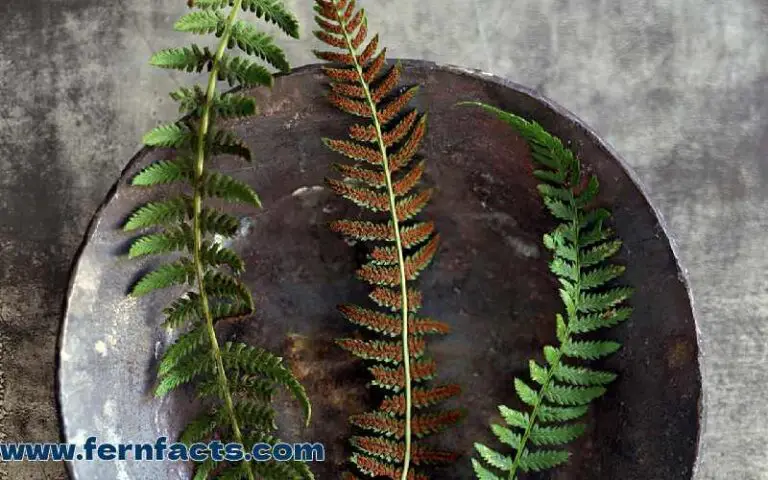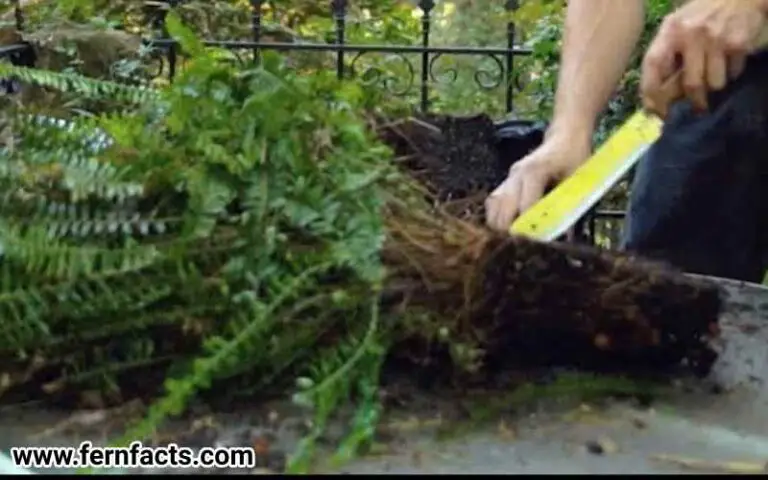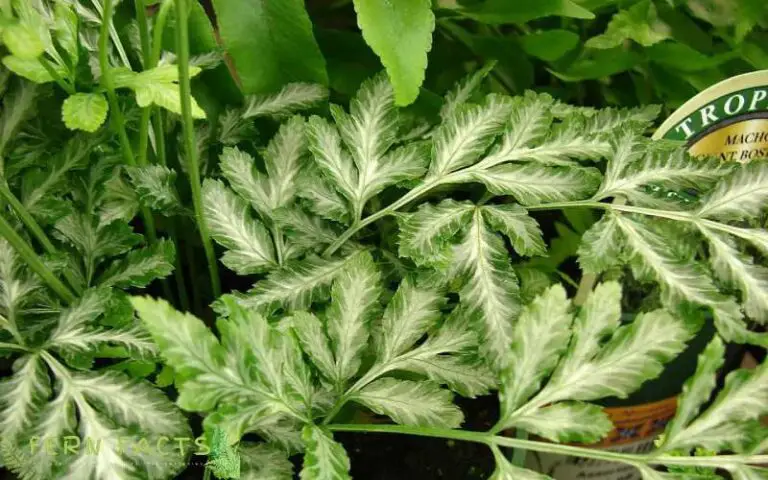Why is My Boston Fern Dying
Do your Boston ferns have soggy mushy roots, and yellow, brown, and crispy fronds? Well, it’s a sign that your Boston ferns are dying gradually.
If you are dealing with these symptoms, then follow these articles carefully. Here, I’ll be sharing the probable reasons of your dying Boston ferns side by side and also provide you with the possible solution to treat these issues.
So let’s get into possible reasons behind your dying boston fern.
Reason for Dying Boston Fern
If your elegant Boston ferns are dying, there might be some possible reasons behind this. Here are those probable reasons:
Reason 1: Overwatering
One of the primary reasons for dying boston ferns is overwatering. Overwatering can give your Boston ferns a waterlogged situation where the water cannot drain properly.
As a result, roots start to rot due to being overly soaked. Since standing water makes the soil mushy and soggy where their roots get fungal infections. That’s why their roots started to rot.
Solution: To prevent these waterlogged situations, you need to reduce your over caring nature. Don’t just water your plants frequently. Once a week would be an ideal watering level for your Boston ferns.
Still, you need to monitor the climate and Hardiness zone while you water them. If you are unable to identify the soil’s condition, you can use the thumb press technique to pour water.
Press your thumb on the soil, if the soil contains water, it will show up. But after pressing your thumb on the soil, if the water doesn’t come then the soil is already dry.
Then you can water your Boston ferns. Try to reduce your watering level in winter seasons. Once a month would be a decent watering portion for your Boston ferns.
Reason 2: Excessive Sun Exposure
Another vital reason would be over-sun exposure to your dying Boston ferns. If your beautiful Boston ferns get exposed to full sunlight, then their fronds will be burnt.
Gradually, overexposure to sunlight will lead their soil to dry and also absorb the moisture level from the soil very promptly. Further, direct sunlight makes their fronds crispy as well.
If your Boston fern fronds are getting brown, crispy, and burning, then the reason is overexposure to sunlight.
Solution: To troubleshoot these problems, you need to replace your ferns with shady places where they can get filtered and dappled sunlight. Boston ferns will grow best under partial to fully shaded places.
Try to keep your ferns in a North facing windows, bathroom, kitchen, etc. Those are mostly humid places for Boston ferns to grow.
Alternatively, for your outdoor ferns, replant them in shady places or a sheltered place where they will not get the direct rays of the sun.
Under a tree canopies or some mature trees would be an ideal habitat place to plant your outdoor ferns.
Reason 3: Under Watering
Relevantly, underwater is also another reason behind your dying Boston ferns. If you are a sort of irregular person who forgets to water their plants, then they might lack moisture in the soil.
If the soil remains dry for a longer period, there will be no moisture in the soil.
less water to your fern plants, the soil will be dried out. And so, there will be no moisture in the soil. Thus, your boston ferns will be dehydrated because lack of moisture
Solution: As per previously mentioned instructions for overwater solutions, you can follow that rigorously. Try to give a gentle round of watering neither too much nor too less.
Just use the thumb press technique to identify the soil conditions to have a better understanding..
Reason 4: Low Humidity
Like most, all the ferns enjoy the humidity around them. They enjoy a damp, wet, and warm atmosphere. So if the weather is getting too hot or too cool, then they might not adjust to the weather.
Hereby, they lack low humidity in the environment. Further, low humidity can make their fronds or the tip of their fronds brown to crispy and dry.
Solution: Boston ferns prefer around 80% humidity around themselves. They are mostly warm atmosphere lovers where they can grow actively.
If you observe those low humidity symptoms on your Boston ferns, then use a humidifier. Conversely, you can also use a pebbles tray or misting bottle to increase the humidity level around your Boston ferns.
Reason 5: Pest Attacks
If you observe any pests like mealybugs, spider mites, or aphids around your Boston ferns then they could be another reason behind your dying ferns. Boston ferns are very sensitive towards these pests.
These pests and insects mostly destroy plant roots and soil conditions. Hence, your Boston ferns start to die gradually.
Solution: in order to cure these pest problems, you need to treat your plants with pesticides or Horticultural oil. Isolate your infected Boston ferns and start treating your fern.
You can easily follow the label instructions to prevent your Boston fern pest infestations. Alternatively, you can also use neem oil to prevent these problems.
Reasons 6: Overfeeding/ Over Fertilizing
If you feed your ferns more frequently, then it can lead to your Boston ferns having salt burn. Because of these reasons, your Boston ferns start to have brown and crispy fronds.
Solution: Don’t overfeed your Boston ferns unnecessarily. You can feed your boston ferns during their growing seasons like spring and summer times.
To revive overfeeding issues, you can repot your Boston ferns by loosening up the soil. Just wash away the plant’s soil to minimize the salt burn. When you wash your plants, all the excessive fertilizer can wash out as well.
Prepare a new potting soil mixture to repot your Boston ferns. Later on, report your Boston ferns. Don’t give any fertilizer until 5 to 6 months. Let the plants be established, and then you can feed your plant with an NPK ratio of 20:10:20.
Wrap Up
To sum up, Boston ferns are very frequently cultivated plants by most of the fern lovers. If your Boston ferns are dying in front of your eyes, then the possible reasons would be overwatering, extreme sunlight, underwater, and low humidity.
For every fern, these are some common fundamental things to provide any ferns. The same goes for Boston ferns as well.
If they don’t reach their ideal condition, they might start dying gradually. Therefore, you need to provide your Boston ferns with their ideal condition like proper watering, partial to dappled shaded place, and high humidity.
By providing these fundamental conditions to your Boston, you can somehow manage to prevent your Boston fern’s dying condition.







